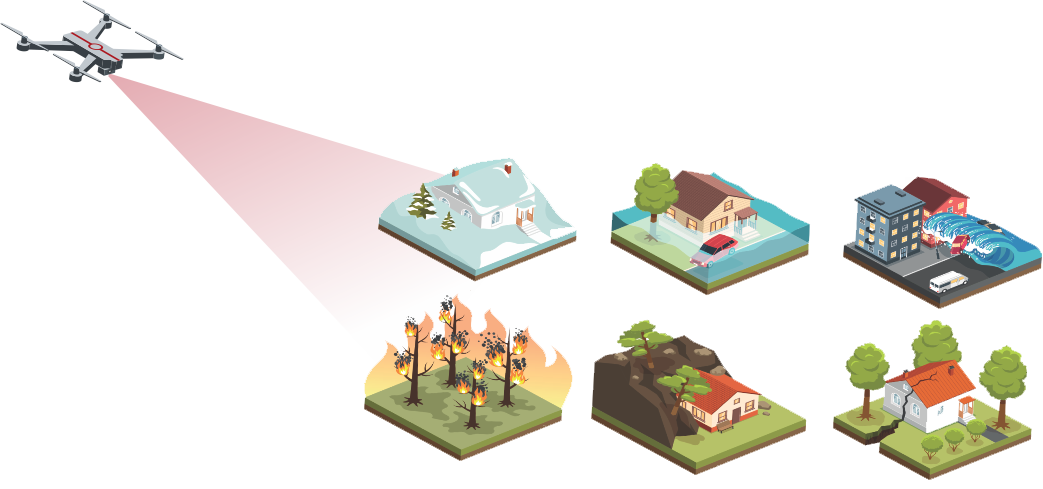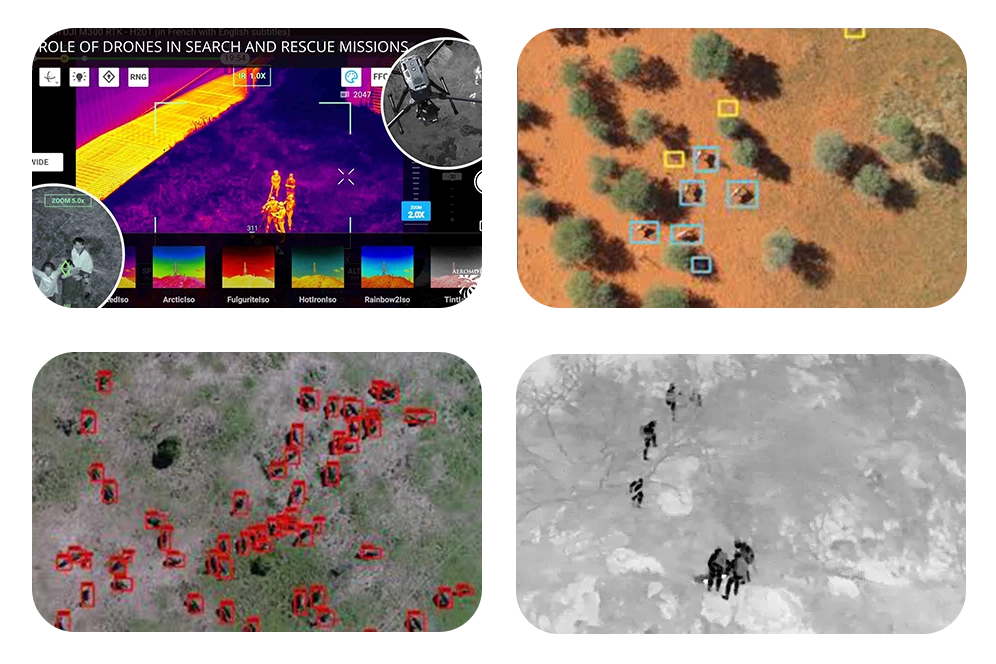
Rapid Incident Response
Our drone fleet is equipped for rapid deployment in emergency situations, enabling swift assessment of incidents such as natural disasters, accidents, or search and rescue operations.
With our agile response capabilities, we provide real-time aerial footage and data to emergency responders, aiding in decision-making and optimizing resource allocation.

Comprehensive Surveillance and Monitoring
Utilizing high-resolution cameras and advanced sensors, our drones conduct comprehensive surveillance of public areas, critical infrastructure, and events.
Our surveillance services enhance situational awareness for law enforcement, fire departments, and security agencies, enabling proactive crime prevention and threat detection.






